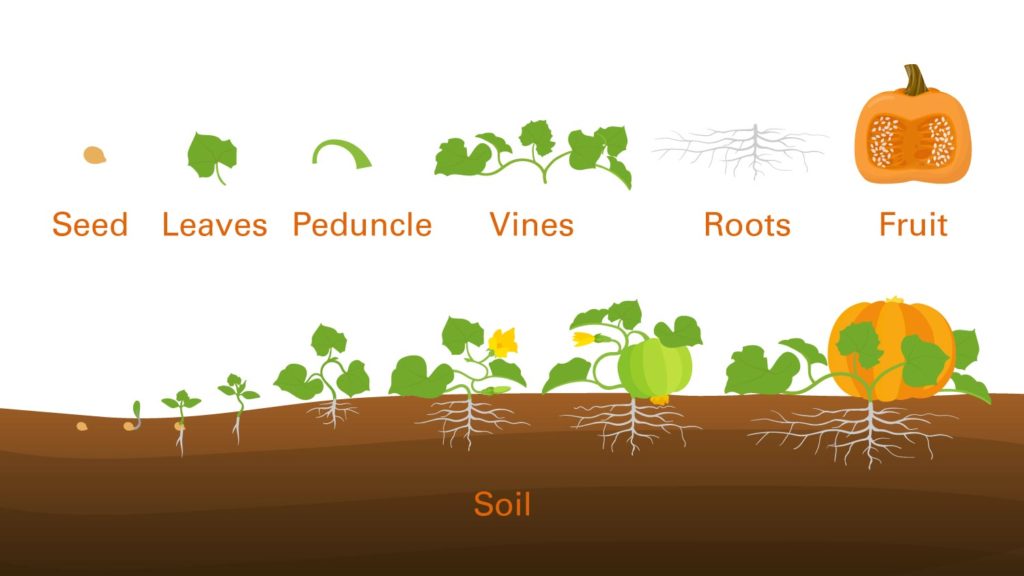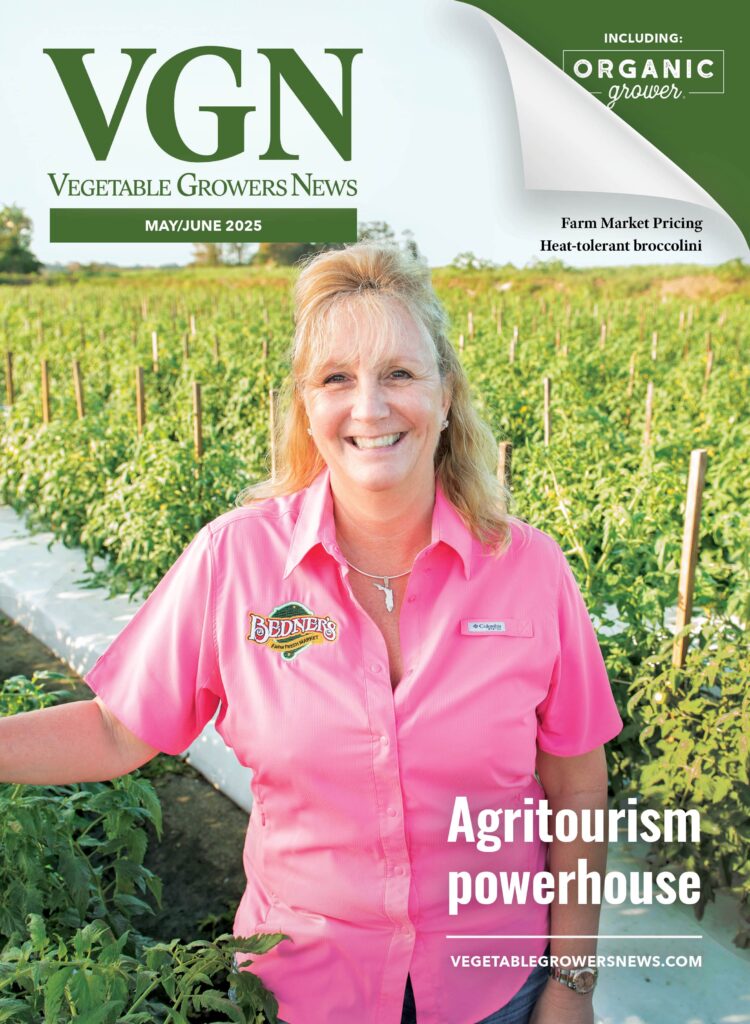Nov 12, 2021How growers get giant pumpkins to become so much heavier
Each year, growers enter their pumpkins into the Great Pumpkin and Watermelon Weigh-Off at the North Carolina State Fair, hoping to have grown the heaviest one. This year’s winner was 1,965.5 pounds, which is approximately 100 times heavier than the average pumpkin one may find in a roadside patch.
The question remains: how do these giant pumpkins become so much heavier than their commercial counterparts? Growers across the world tinker with various strategies in the hopes of answering this very question.
Soil
A giant pumpkin cannot thrive in any old spot. It will need ample soil to stretch its roots, according to Huber. “The recommended standard for a giant pumpkin is 900 square feet, so a 30-foot-by-30-foot plot,” Huber said. This is the approximate size of a studio apartment in New York City.
Beyond space, the quality of the soil is also critical for the pumpkin. For example, Huber said it is important for the soil to have enough organic matter and beneficial microbes.
Growers try out different strategies, such as adding beneficial bacteria, to promote the soil’s health. However, some aspects of growing these great pumpkins are still unknown, Huber said.
Growers share their strategies in a variety of ways, including online in the BigPumpkins forum, at in-person weigh-off events and through conferences, such as the Great Pumpkin Commonwealth.
A Suitable Seed
Not all seeds are created equal, according to Hernandez and Huber. When attempting to grow a giant pumpkin, it can be beneficial to use a seed whose genetics encode for specific traits that can help the pumpkin grow large, Huber said.
For example, a giant pumpkin requires a lot of water. To withstand this influx of water, its cells must have strong and flexible cell walls, Hernandez said. Otherwise, the cells may burst, so using a seed that has genetics for a strong cell wall can be helpful for growers.
In the database of results from giant pumpkin weigh-offs, one can see repeated seeds, which suggests that some of the pumpkin’s success may be in the genetics of this seed.
Still, growing a giant pumpkin is not as simple as solely genetics, but rather a balance of nature and nurture, according to Huber and Hernandez.
How does one obtain one of these suitable seeds? Many growers of giants know one another from weigh-offs, according to Huber, and are generous with sharing their seeds. Additionally, seeds can be purchased.
Peduncle
The peduncle, or stem, is the part of the pumpkin that one may use to pick it up from their neighborhood pumpkin patch. From an anatomical standpoint, the peduncle links the pumpkin to the vines.
A giant pumpkin’s peduncle is a critical part of an oversized pumpkin. “You want to have sufficient length on that,” said Huber. Otherwise, if the peduncle is not long, or sturdy enough, it may lead to stem stress, where the pumpkin breaks itself off of its own vine.
The peduncle to the fruit is propped up above the ground to prevent vine stress, so that the vine is elevated to account for the future growth of the fruit, Huber said.
The Pumpkin
The pumpkin, or the fruit on the plant, can be described as a “sink,” Hernandez said. The pumpkin will store nutrients and water from other parts of the plant, such as the leaves.
If there are multiple “sinks” on a plant, the food and water will be distributed somewhat evenly across these multiple pumpkins. However, if there is only one pumpkin, or very few in a patch, it can absorb these nutrients and grow large.
Because of this, growing a great pumpkin requires navigating this source-sink relationship, Huber said. Strategies may include cutting off new fruits to help the one pumpkin amass nutrients. This can be especially important because a pumpkin can grow 50 pounds per day at the peak of its growth, said Huber.
But more nutrients and water is not always better, Huber said.
If a pumpkin receives too much water, it can split. A grower may intentionally leave extra pumpkins in the patch temporarily as a reservoir to absorb this extra water, especially if they know a storm is coming.
What does it feel like when the pumpkin splits for the grower? “It’s devastating,” Huber said. “It can be a stressful hobby.”
Leaves
When one imagines a pumpkin, she may think of rows of orderly pumpkins at the neighborhood pumpkin patch. But these picture-perfect pumpkins lack a valuable asset: their leaves.
A giant pumpkin is surrounded by leaves that it works in tandem with to fuel its growth. These leaves, shaped almost like a martini glass, emerge from vines that run throughout the patch. The pumpkin’s leaves are “sources” because this is the spot where the plants generate “food harvested from the sun” (i.e., photosynthesis), said Hernandez.
When the chloroplasts in these leaves create glucose, the leaves then diverts this energy to a sink (e.g., the pumpkin) for storage. This energy is vital for the pumpkin to absorb to grow large.
Vines and Roots
Surrounding this pumpkin aboveground are its vines. The pumpkin has one main vine, and then smaller vines that branch off of it, similar to backroads branching off of a major highway.
If one could peer below ground near the pumpkin, they would see an extensive root system. These roots and vines operate in tandem, said Huber. Vines can provide support for a pumpkin and help stabilize it in its spot.
If a storm comes along, the pumpkin is less apt to be displaced if its vines are holding it in place. Besides support, the leaves on the vine each try to form a root, Huber said.
These roots are critical for transporting needed nutrients to the pumpkin from underground. To facilitate the pumpkin’s growth, growers will bury the vine, Huber said. By packing dirt on top of the vine, the root may be more likely to form. The goal is to form a “giant root system” to facilitate the growth of this “giant plant,” Huber said.

















